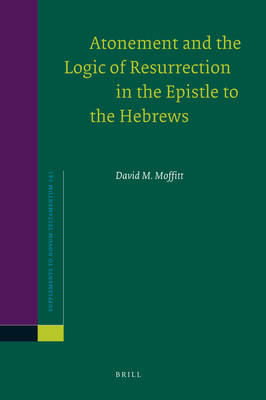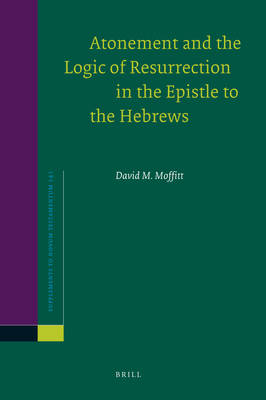
Je cadeautjes zeker op tijd in huis hebben voor de feestdagen? Kom langs in onze winkels en vind het perfecte geschenk!
- Afhalen na 1 uur in een winkel met voorraad
- Gratis thuislevering in België vanaf € 30
- Ruim aanbod met 7 miljoen producten
Je cadeautjes zeker op tijd in huis hebben voor de feestdagen? Kom langs in onze winkels en vind het perfecte geschenk!
- Afhalen na 1 uur in een winkel met voorraad
- Gratis thuislevering in België vanaf € 30
- Ruim aanbod met 7 miljoen producten
Zoeken
Atonement and the Logic of Resurrection in the Epistle to the Hebrews
David M Moffitt
€ 280,95
+ 561 punten
Omschrijving
Scholars often explain Hebrews' relative silence regarding Jesus' resurrection by emphasizing the author's appeal to Yom Kippur's two key moments--the sacrificial slaughter and the high priest's presentation of blood in the holy of holies--in his distinctive portrayal of Jesus' death and heavenly exaltation. The writer's depiction of Jesus as the high priest whose blood effected ultimate atonement appears to be modeled upon these two moments. Such a typology discourages discrete reflection on Jesus' resurrection. Drawing on contemporary studies of Jewish sacrifice (which note that blood represents life, not death), parallels in Jewish apocalyptic literature, and fresh exegetical insights, this volume demonstrates that Jesus' embodied, resurrected life is crucial for the high-priestly Christology and sacrificial soteriology developed in Hebrews.
Specificaties
Betrokkenen
- Auteur(s):
- Uitgeverij:
Inhoud
- Aantal bladzijden:
- 360
- Taal:
- Engels
- Reeks:
- Reeksnummer:
- nr. 141
Eigenschappen
- Productcode (EAN):
- 9789004206519
- Verschijningsdatum:
- 27/07/2011
- Uitvoering:
- Hardcover
- Formaat:
- Genaaid
- Afmetingen:
- 163 mm x 239 mm
- Gewicht:
- 675 g

Alleen bij Standaard Boekhandel
+ 561 punten op je klantenkaart van Standaard Boekhandel
Beoordelingen
We publiceren alleen reviews die voldoen aan de voorwaarden voor reviews. Bekijk onze voorwaarden voor reviews.









